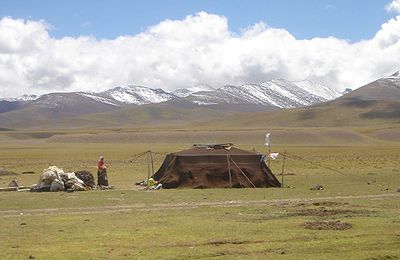Sounds like it must be hard to sleep, huh?
Anyway, this gives you a sense of the daily life of sound in BsAs. So you can imagine what happens when’s there’s really something to yell about. Dude, you don’t want to be there. It’s something along the lines of a Kiss concert without earplugs. Ok, maybe a little dramatic…
So it was not really surprising the other weekend at Masa Critica when one of our masa ended up in a little fender bender with a taxi, that all hell broke loose. We were ri
 ding along, the masa growing into a group of well over 100 cyclists. Cruising through the fancypants neighborhood of Recoleta, the group was like a web covering Calle Callo. When we got to the bottom of the hill, there was already something going down, a rolly polly taxi driver screaming at a hippie dippie kid.
ding along, the masa growing into a group of well over 100 cyclists. Cruising through the fancypants neighborhood of Recoleta, the group was like a web covering Calle Callo. When we got to the bottom of the hill, there was already something going down, a rolly polly taxi driver screaming at a hippie dippie kid.Traffic was starting to pile up, as the fracas was in the middle lane. The group of bikers had pulled into a gas station, people were chatting, smoking, sharing food and drink. Bellowing cars begged their impatience to get the hell out of the way. The cops showed up. The crowd warmed up. And the clapping commenced.
Of course, there were words to go with the clapping. “Bici, si. Taxista, no.” keeping with the rhythm of the rhyme as the argument with the taxista, the police and the kid kept going. The voices thundered together, the clapping adding force to the message of the masa. At one point someone held up the bike to egg the crowd on, the back tire deformed by the force of the taxi. We roared.
Another policeman came and the crowd got louder – “Bici, si. Taxista, no.” The honking continued, the chant too, until our hands were red and our voices hoarse from screaming.
After an hour or so, it got resolved. I have no idea what the resolution was exactly. Satisfied, we stopped screaming, got back on our bicis and headed south.
P.S. Thanks to my wonderful friend and writer Sharon Haywood for the inspiration for this post!



























